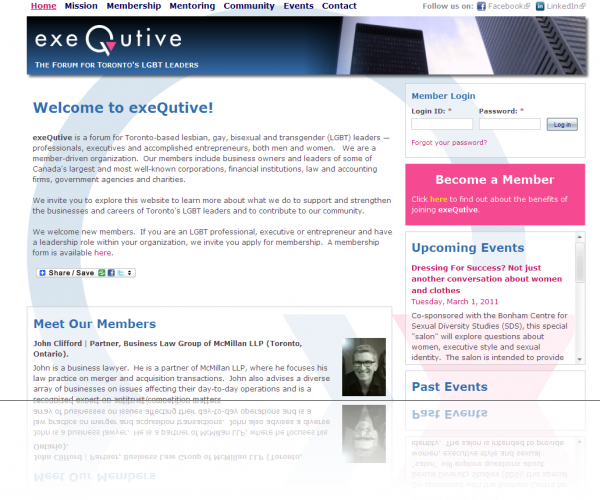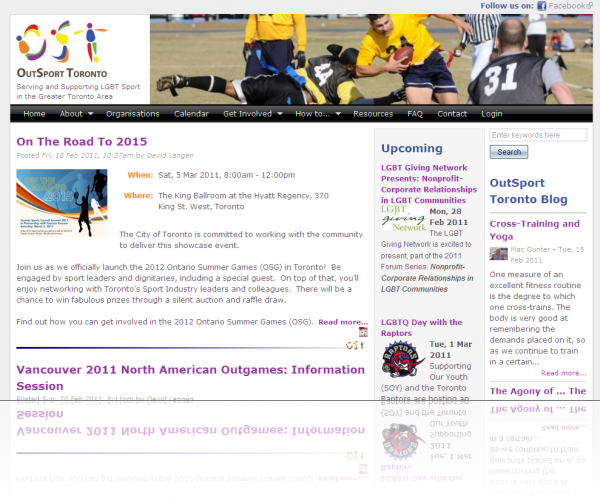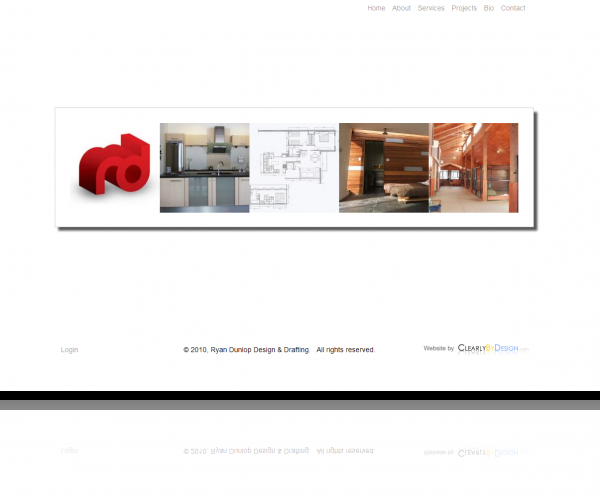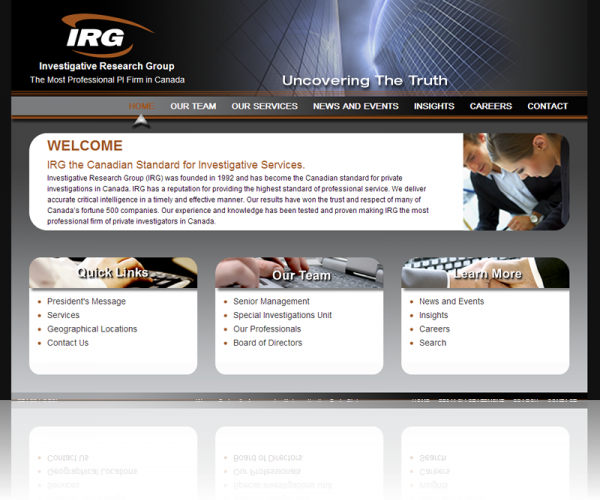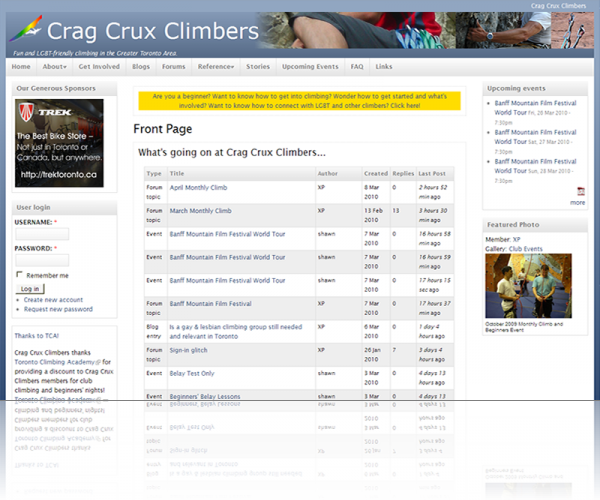Posted Tue, 26 Apr 2011, 10:10am by Shawn D. Sheridan
The License Agreement / Contract
Look for the following in the overall agreement (either yours or the vendor’s).
Initial Licensing Costs
As you review the license agreement, look for the following:
- What is the costing difference between:
- per-seat licensing; and
- enterprise-wide licensing?
- Is there any cost differential for enterprise-partner use (i.e., third parties through a portal, etc.)?
- If so, what is it?
- Can it be included in the enterprise-wide licensing?
- This may require altering the definition of “enterprise” in the agreement, or alternatively specifying an “enterprise-and-partner-wide” licensing option.
- Is this the most-favourable pricing for your size of a customer?
- Have all discounts been applied for which you are eligible (government discounts, etc.)?
- You should be clear with the vendor as to the vision-possibilities you have for using the vendor’ product, to ensure that you will not have unforeseen and substantial costs later when you try to expand use of the software. This divulgence will also demonstrate your desire for a strategic partnership with the vendor as opposed to merely a customer-supplier relationship, and that you are negotiating in good faith.
- Does the final costs and timing fit within your budget?
- If not, you need to let the vendor know, and by how much.
- At this point, again stressing the “win-win”, both you and the vendor need to see where there is the potential for movement.
- This is where offering up some of the items that were compiled in the preparation may allow the vendor to cut some costs in favour of your efforts-in-lieu-of-money.
- Remain flexible, recognising that while the vendor may have little room to move on license costs, it may have more flexibility in terms of rate for ongoing support and maintenance, or visa-versa, or staging and timing of payments for the license costs, allowing you to benefit from the time-value of money. Any of these may in fact be more valuable from a total-cost standpoint.
Support and Maintenance
- What is contained within support and maintenance? Is it everything you need? At a minimum, the following ought to be there and covered by these fees:
- All upgrades to the software (patch and major releases) delivered on any and all forms of desired media (tape, CD, DVD, download, etc.), including shipping costs.
- Access to all provided technical product support (all levels), live, 24 hours a day, seven days a week. There should be no additional fees for escalation of issues to any level.
- Timely notification of releases (patch and major releases); that means sufficient lead time for you to process what the changes are, plan for them, test them, and prepare your organisation for the release. It also means that there is sufficient detail in these pre-release notes so that you can actually plan testing, including the specification of test cases, scripts, etc.
- Access to whatever on-line knowledge bases and forums there are for the product.
- Access to the trouble-ticket system to enable you to track what the vendor is doing to address your issues.
- The process for how (and by whom) you initiate support requests, how you escalate them, and what the SLAs around response and resolution are needs to be in the contract (perhaps as a schedule referenced in the main body under support).
- If it is there, does it match with what you want per what you decided in your preparation? If not, this will be a point of negotiation.
- If it is not there, then write it in based on the model you created in the preparation, making sure it is acceptable to the vendor.
- Upon what will the annual increase be based?
- Note: The vendor’s rate of inflation in its country may be different from your rate for an appropriate period of time. While past performance is not an indicator of future trends, try to specify the most favourable zone as a base rate of inflation, capping any rate increase at 2%.
- Is this increase avoidable?
- If not, then insist it be capped at 2%.
- Is this the most favourable base rate for support and maintenance?
- Have all discounts been applied for which you would be eligible (government discounts, etc.)?
- How will custom-feature-development be initiated, covered, costed, etc.? This should be detailed in the document.
- If it is, is it acceptable?
- If it is not, write it in.
- How do you influence the evolution of the product? This should be specified.
- If it is, is it acceptable?
- If it is not, write it in.
- As a bargaining point, you should specify in the contract that you want 10 days of on-site vendor support for upgrades included in the annual support and maintenance, with you paying travel and accommodation that you arrange for the vendor’s staff. This can be an item upon which you later relent if necessary in order to gain something else you want.
Geography
Is there any geographic restriction to the use of the software? If so, have it removed. You will want to be able to deploy anywhere, and not have to buy new licenses should you at some future point alter the location of some users, etc. In addition, for any web-based software (including what might appear in a protal or mashup), the software may be accessed from anywhere in the world, and such restrictions may put as significant imparement on your ability to do business.
Audit
- What are the provisions for the vendor to check on your use of the software? Read these very carefully, and note what the vendor says it wants. Is it acceptable to you? If not, change it to what suits you, whilst ensuring that the vendor can still be satisfied it is receiving fair compensation for your use of the software.
- For example, you probably do not want to have to comply with any ‘surprise visits’ from the vendor or the vendor’s representative.
- In addition, the vendor’s contract may specify license-monitoring software along with their control of and access to it, which will likely be unacceptable given security concerns, etc.
- If license management features are built into the software, make sure you find out exactly how they work, how the vendor gets access to the data, and whether or not there are security issues as a result. These will need to be worked through.
Subsequent Events and Penalties
- What happens in the event of the vendor being acquired by or merged with another company, or other such corporate actions where there is a change in control?
- You may wish to specify a refunding of a portion or all of the license fees should this happen within a certain period of time.
- What do you want to have happen if the vendor substantially changes its business, sells this product to another manufacturer, or discontinues this product?
- What do you want to have happen if the vendor fails to deliver on enhancements to the system that are agreed upon?
- You may wish to explore software escrow, specifying the various conditions upon which you would be able to exercise your right to acquire the software source-code royalty-free.
- You will want in the contract a clause specifying that there are neither penalties of any sort, nor any requirement to continue paying maintenance or any other fees, should you decide, at your sole discretion, that the vendor no longer adequately supports your business, and that you thus cease to use the vendor’s product(s ). In addition, should you determine that a portion of the vendor’s product suite no longer meets your needs, then you may continue to use the remaining portion(s ) of the product suite that you decide, at your sole discretion, you wish to use, and that the vendor will adjust ongoing maintenance costs to an amount that would have been computed had the excluded components not been originally licensed.
Jurisdiction
Determine in which jurisdiction the contract will be arbitrated in the case of a dispute. Most likely it will be the vendor’s. If that is the case, then corporate council / legal will need to ensure that there are no oddities in the laws of that jurisdiction which may cause problems for you should a legal challenge to the contract be required. External council may be required for this.
That said, see if you can get the jurisdiction changed to your own. The vendor may be amenable to doing this, and it will likely save you money.
Implementation
For any services that will be required for implementation and configuration, negotiate the services contract separately from the license and maintenance. It will be less complicated if issues arise later in the implementation. Also consider the following when negotiating this separate contract:
- Can the services portion be completed on a “Time and Materials Not to Exceed” basis?
- How will implementation costs be tracked / determined and billed? Is this satisfactory?
- If not, change it to how you want it done.
- Has the contract broken out the upper-limits of the different implementation activities so that you are comfortable with those “Not to Exceed” amounts?
- Is there sufficient information in the proposal or other schedule to the agreement to cross-reference to the costing and ensure the client has comfort around these numbers?
- What provisions are there for penalties to be paid by the vendor to you if milestones and deadlines are not met, and what is the adjudication process?
- Consequently, has a solid change-management process been articulated as part of the contract, as this will be integral to adjudicating penalties.
- Conversely, have “rewards” been specified should the vendor over-deliver? Inclusion of such rewards usually make the inclusion of penalties doable, as both parties then have “skin in the game”.
- Have all acceptance criteria been specified, or an appropriate process articulated by which those criteria will be specified, with an associated cost-review-and-adjustment-acceptance step (which is really just a special case of the change-management process)?
- Have warranty support provisions been articulated, along with their costs? Are they acceptable?
Conclusion
Contract negotiations are an important part of strategic software systems acquisitions. All parties should come away from those negotiations feeling that it is a good deal, everyone has acted in good-faith, and that everyone will win from the business relationship. Following these guidelines should help you get there.
- Shawn D. Sheridan's blog
- Login to post comments
-


